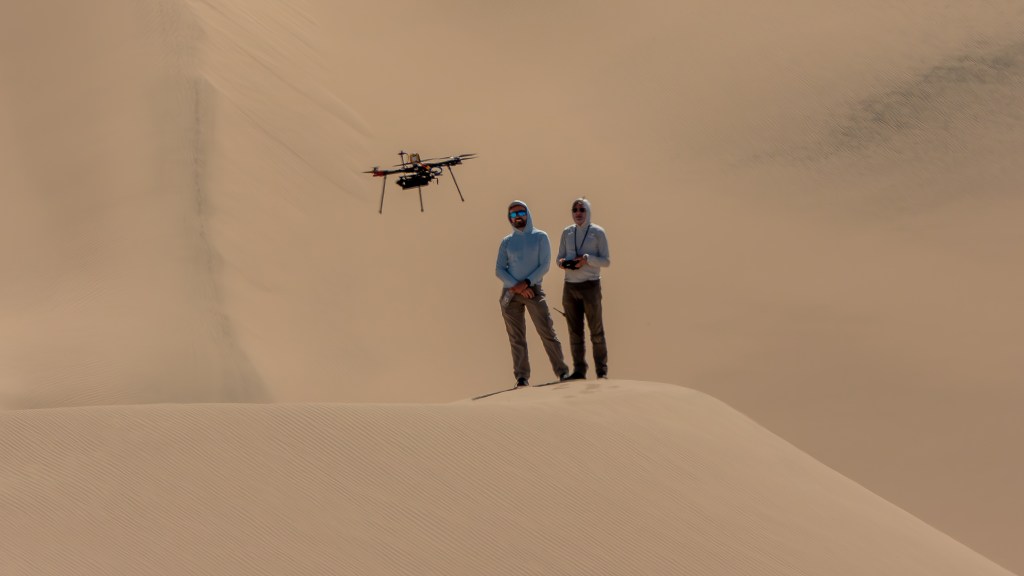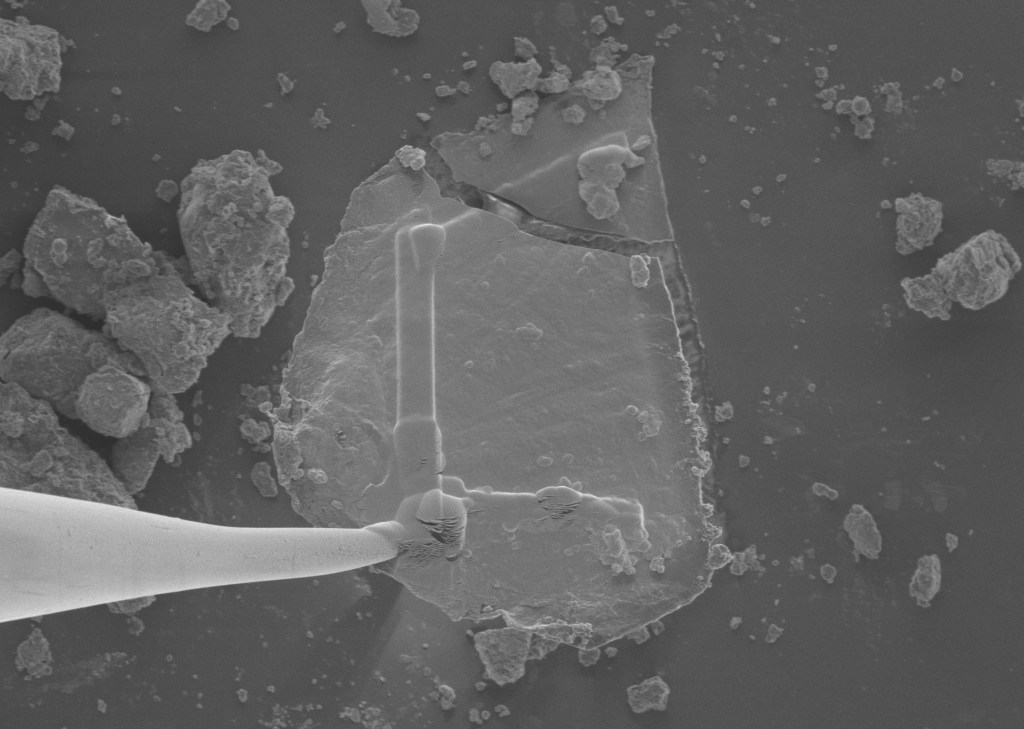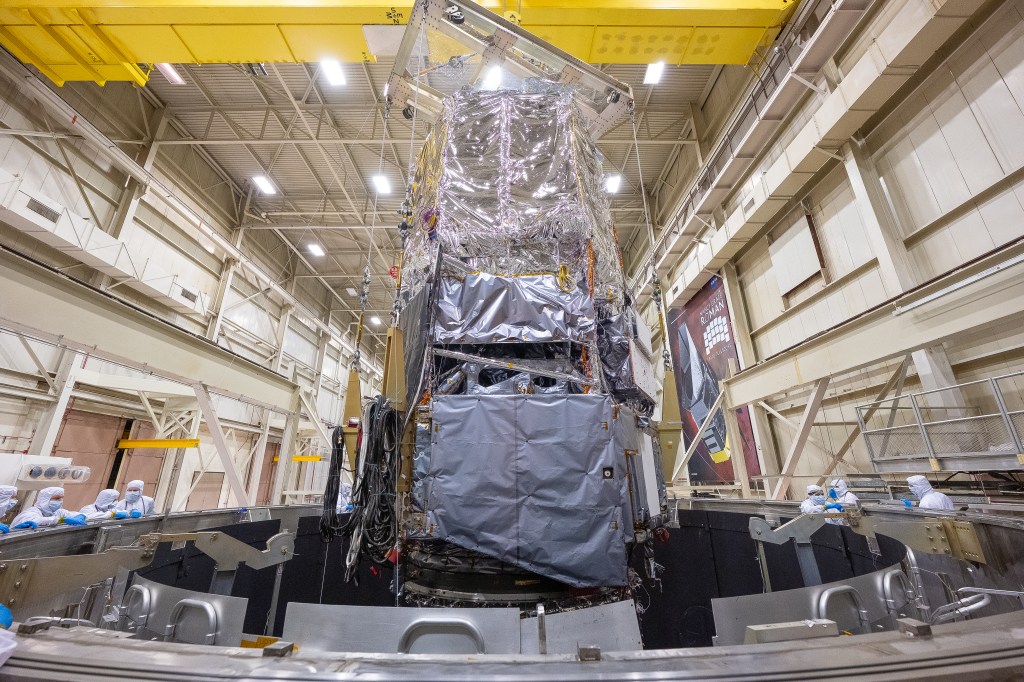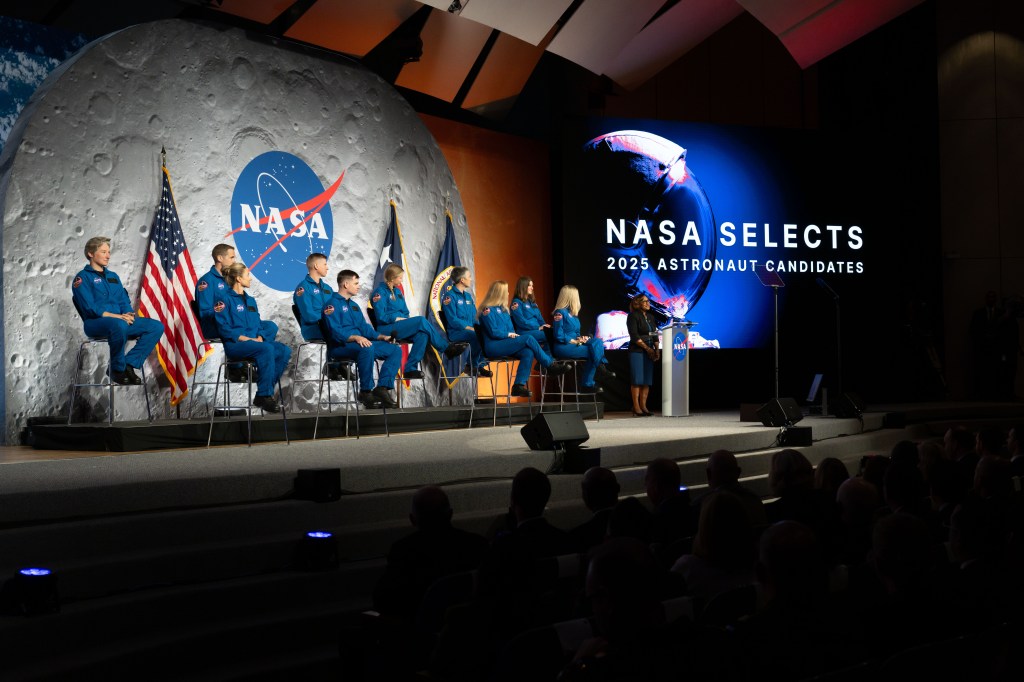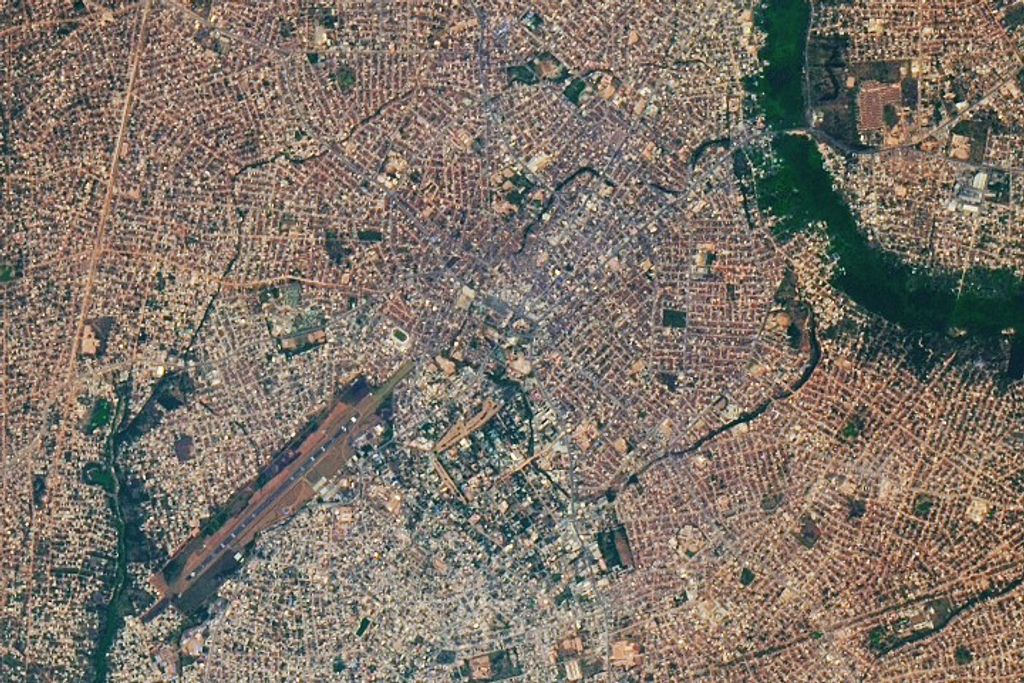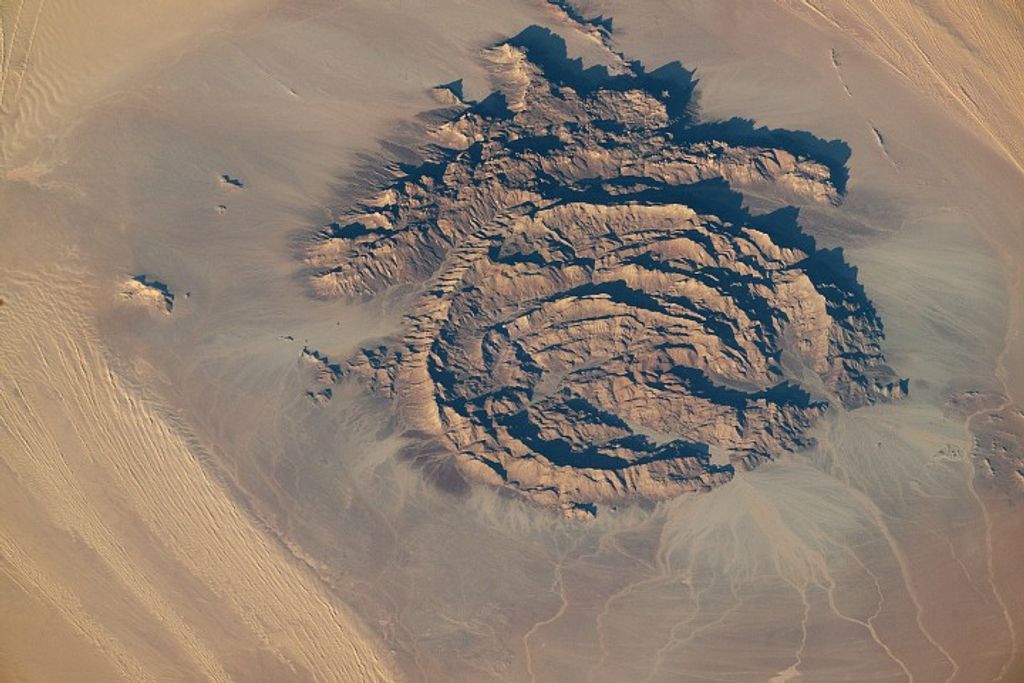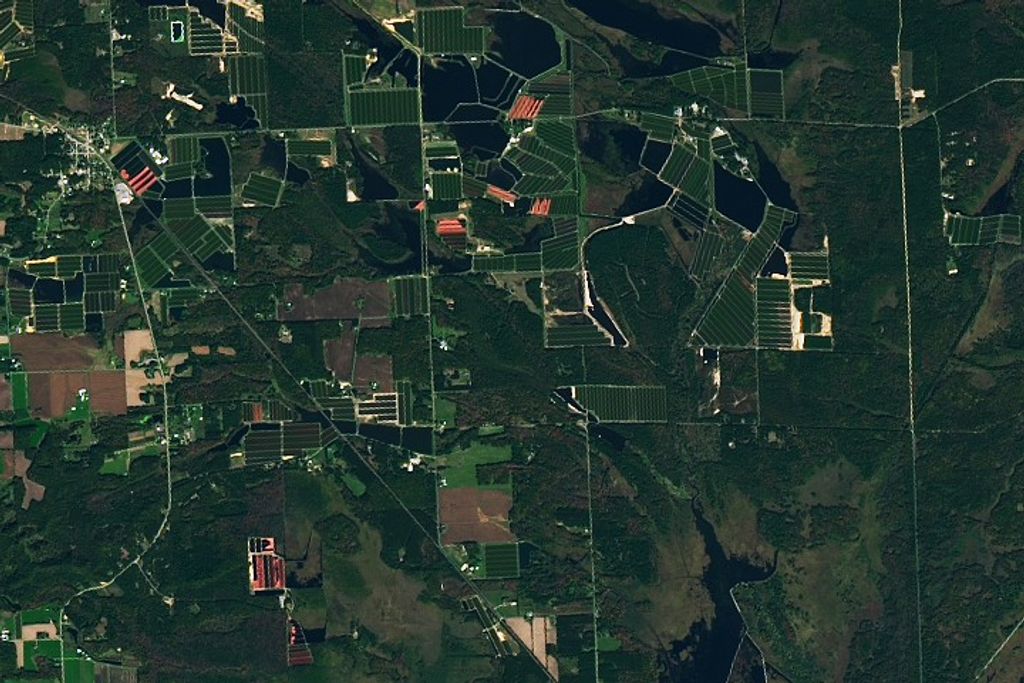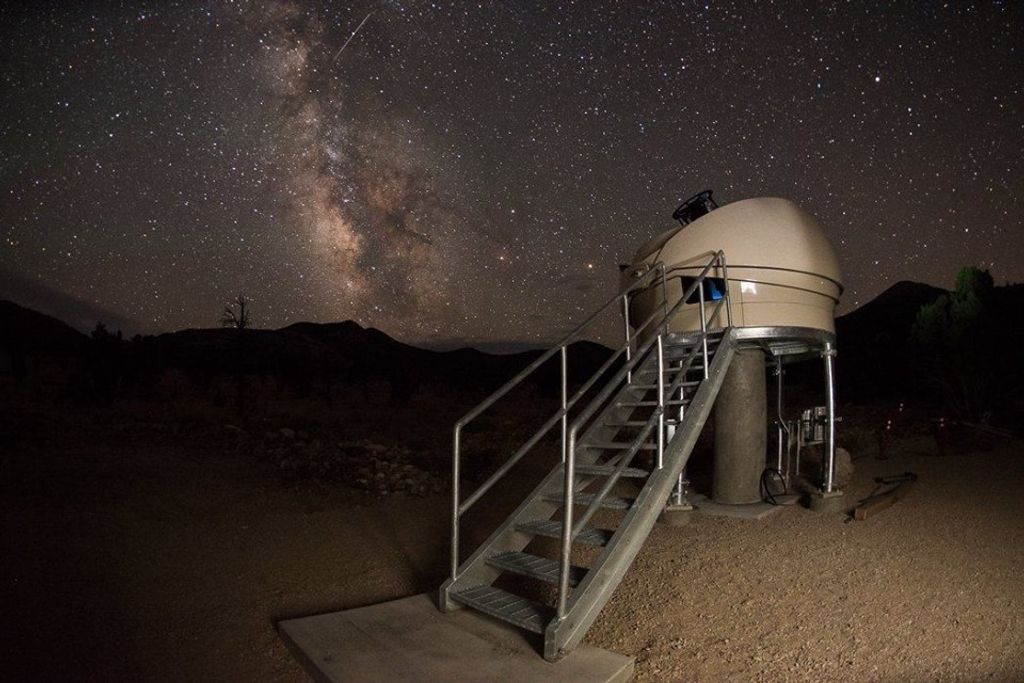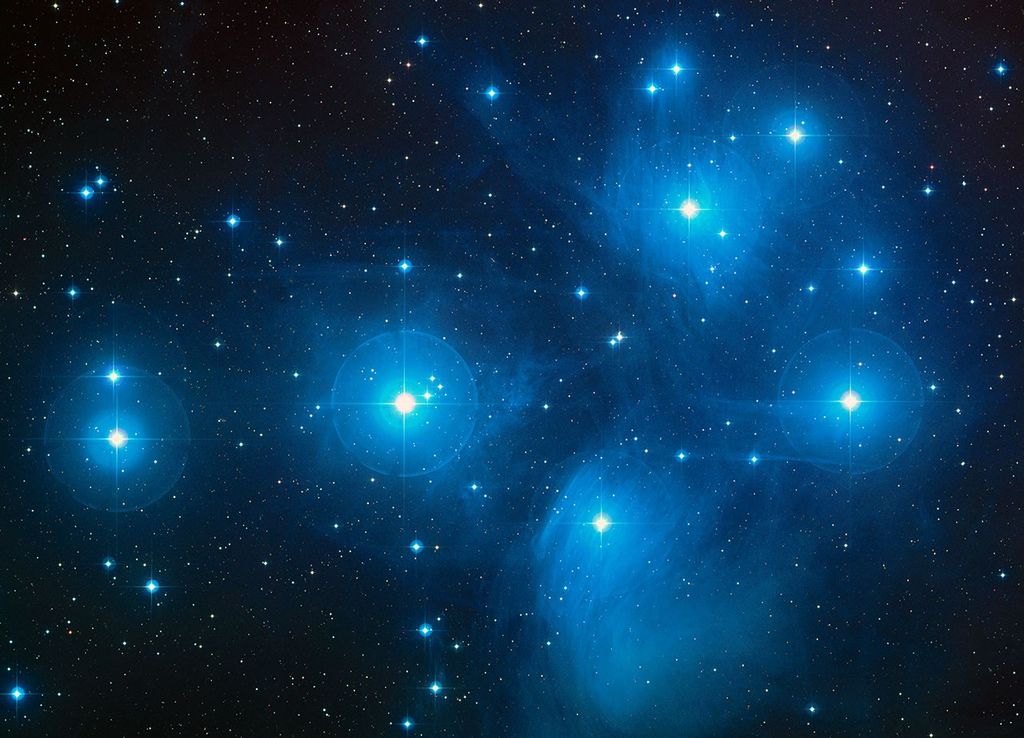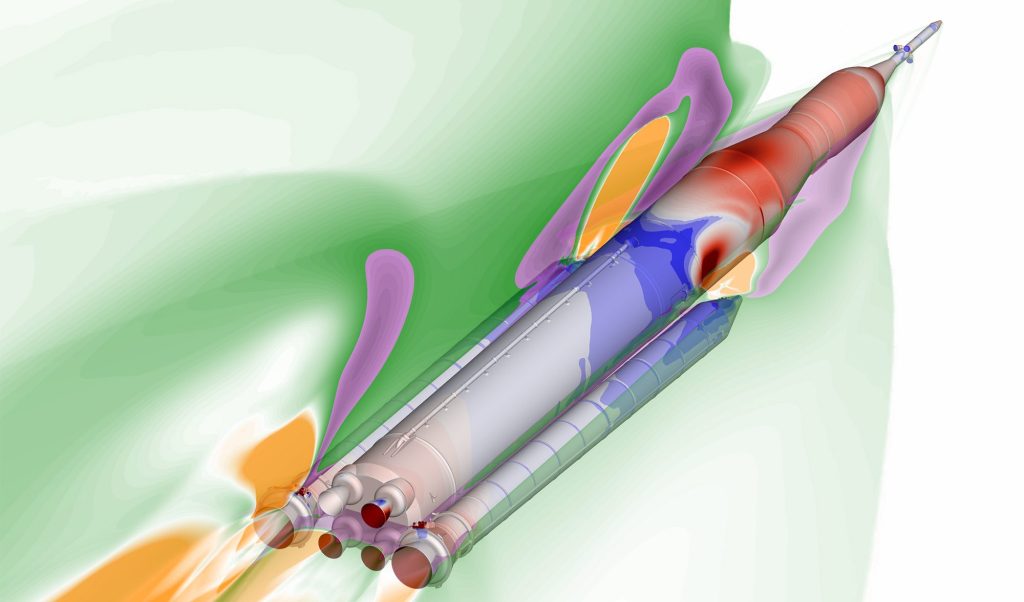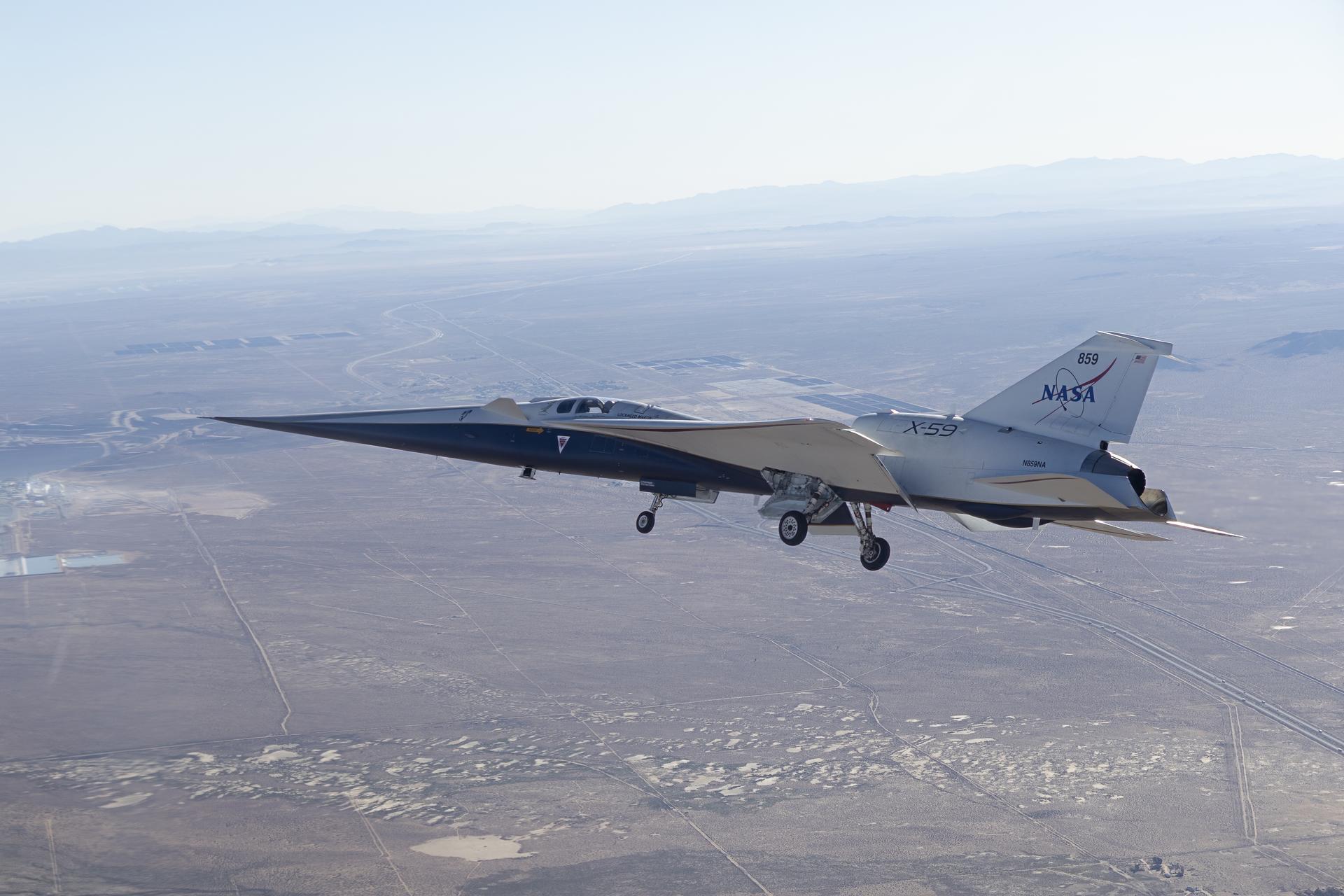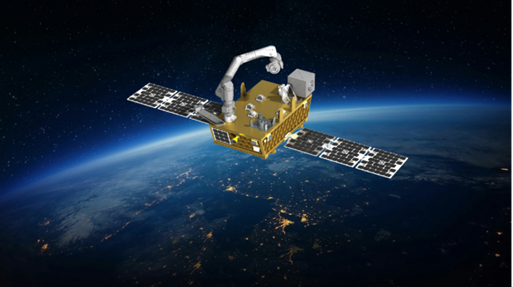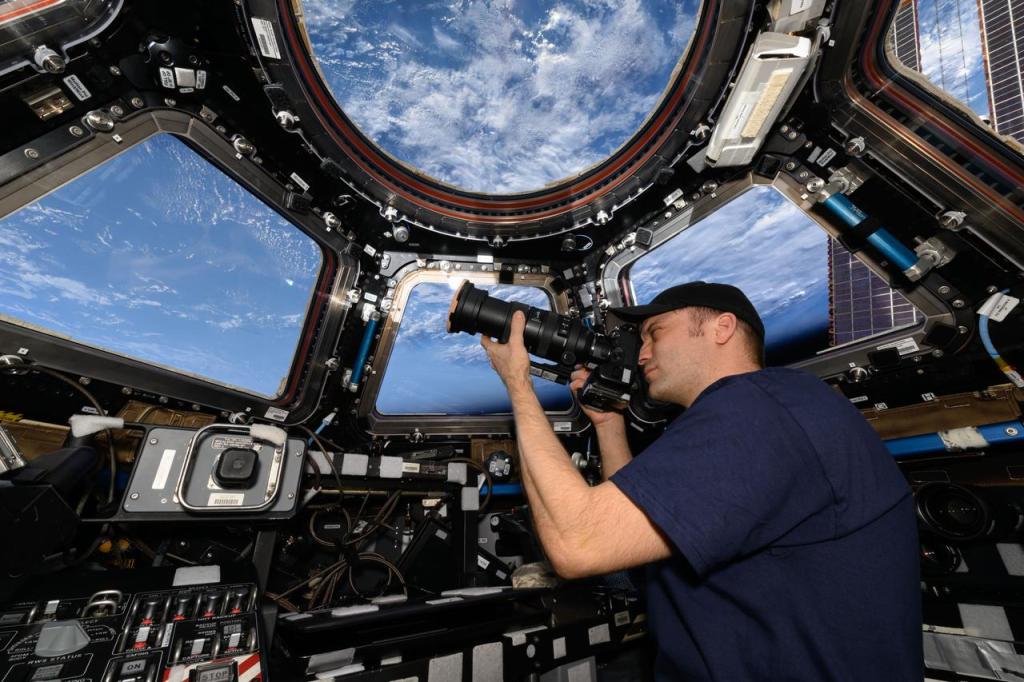1 min read
Compass and Scale Image of Veil Nebula
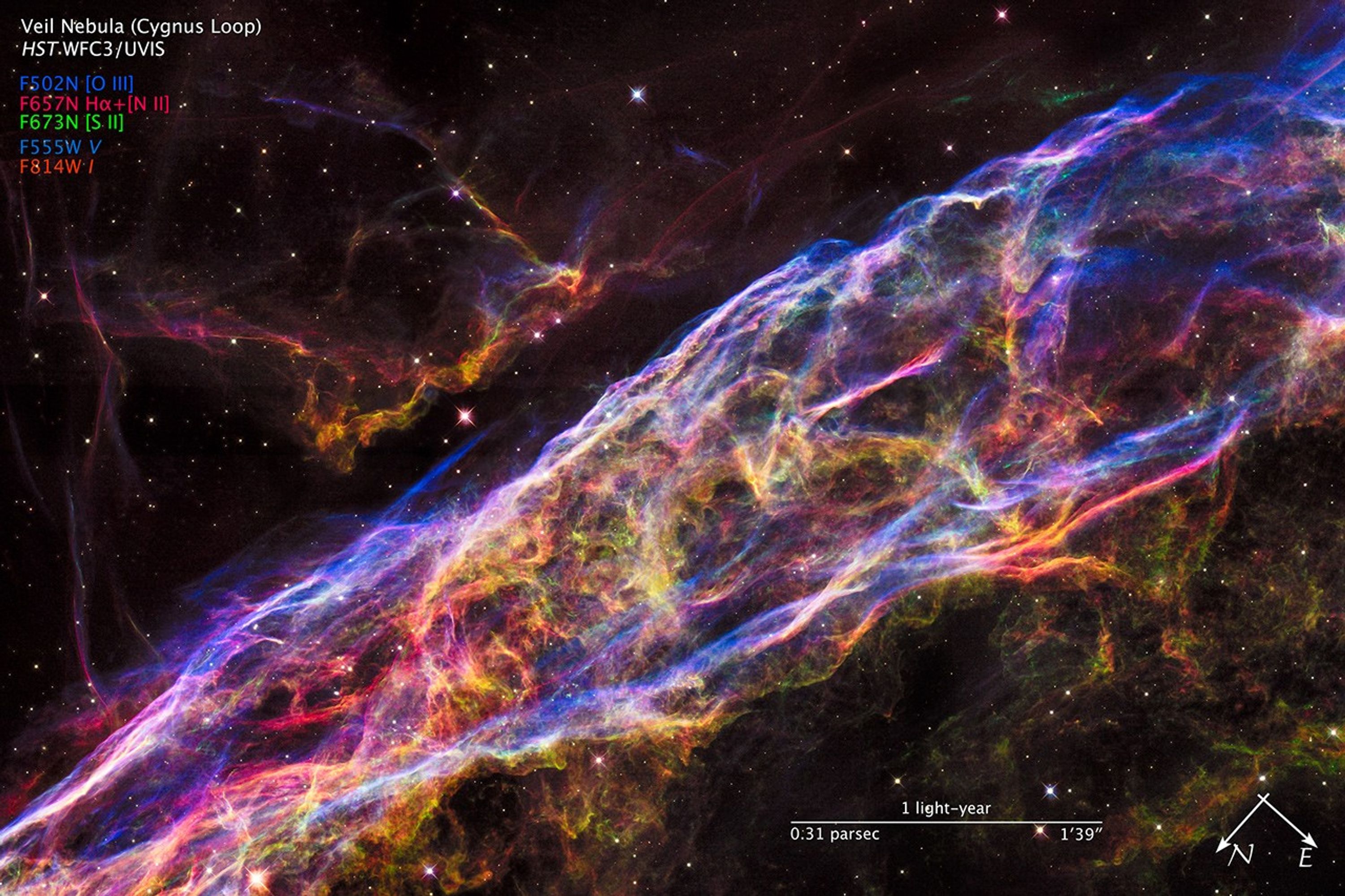
About the Object
- R.A. PositionR.A. PositionRight ascension – analogous to longitude – is one component of an object's position.20h 45m 40.0s
- Dec. PositionDec. PositionDeclination – analogous to latitude – is one component of an object's position.30° 58' 30.0"
- ConstellationConstellationOne of 88 recognized regions of the celestial sphere in which the object appears.Cygnus
- DistanceDistanceThe physical distance from Earth to the astronomical object. Distances within our solar system are usually measured in Astronomical Units (AU). Distances between stars are usually measured in light-years. Interstellar distances can also be measured in parsecs.2,100 light-years (640 parsecs)
About the Data
- Data DescriptionData DescriptionProposal: A description of the observations, their scientific justification, and the links to the data available in the science archive.
Science Team: The astronomers who planned the observations and analyzed the data. "PI" refers to the Principal Investigator.The image of the Veil Nebula was created from Hubble data from proposals 14056: Hubble Heritage Team, PI: Z. Levay, M. Mutchler, J. Mack, S. Meyett, L. Frattare, C. Christian, J. Green, and M. Livio (STScI/AURA), and K. Noll (NASA/GSFC). - InstrumentInstrumentThe science instrument used to produce the data.HST>WFC3/UVIS
- Exposure DatesExposure DatesThe date(s) that the telescope made its observations and the total exposure time.April 14 - 17, 2015
- FiltersFiltersThe camera filters that were used in the science observations.F502N ([O III]), F657N (H-alpha+[N II]), F673N ([S II]), F555W (V), and F814W (I)
- Object NameObject NameA name or catalog number that astronomers use to identify an astronomical object.Veil Nebula, NGC 6960, Cygnus Loop
- Object DescriptionObject DescriptionThe type of astronomical object.Supernova Remnant
- Release DateSeptember 24, 2015
- Science ReleaseHubble Zooms in on Shrapnel from an Exploded Star
- Credit

This image is a composite of separate exposures acquired by the WFC3/UVIS instrument. Several filters were used to sample various wavelengths. The color results from assigning different hues (colors) to each monochromatic (grayscale) image associated with an individual filter. In this case, the assigned colors are: Blue: F502N ([O III]) Red: F657N (H-alpha+[N II]) Green: F673N ([S II]) Blue: F555W (V) Red: F814W (I)
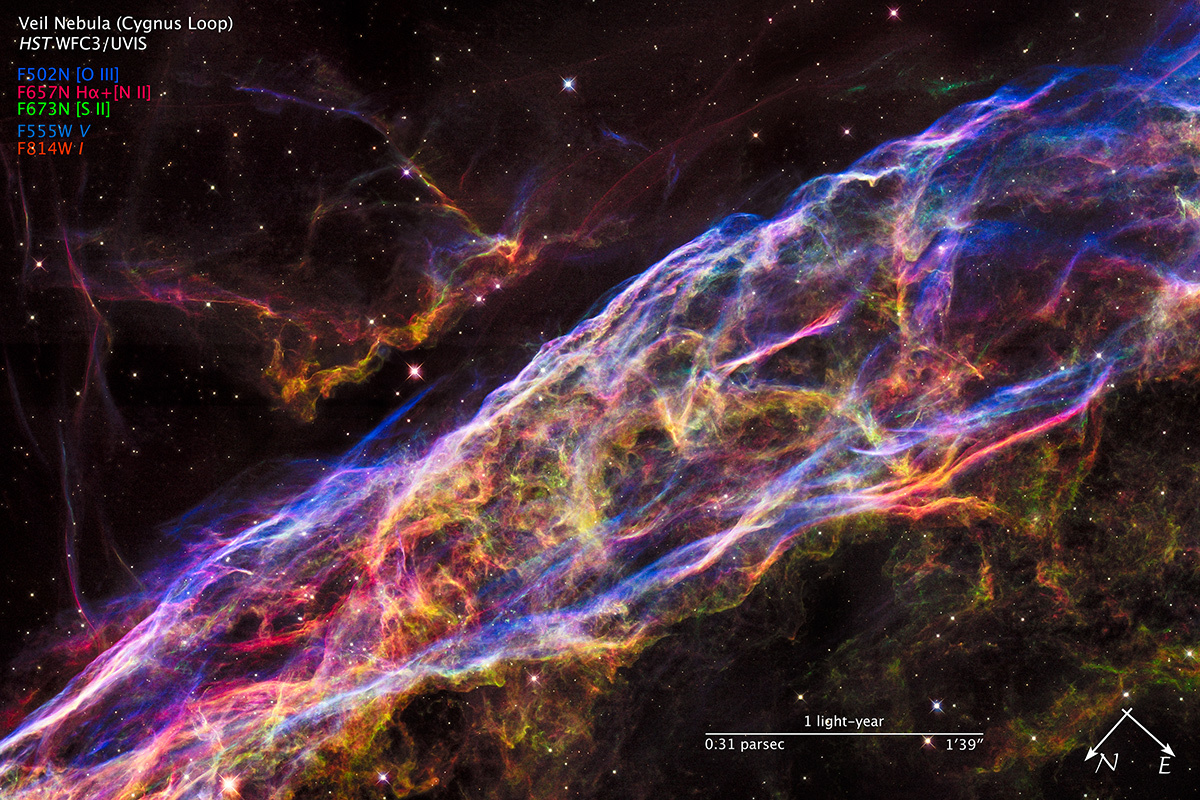
Related Images & Videos

Veil Nebula Supernova Remnant
NASA's Hubble Space Telescope has unveiled in stunning detail a small section of the expanding remains of a massive star that exploded about 8,000 years ago. Called the Veil Nebula, the debris is one of the best-known supernova remnants, deriving its name from its delicate,...
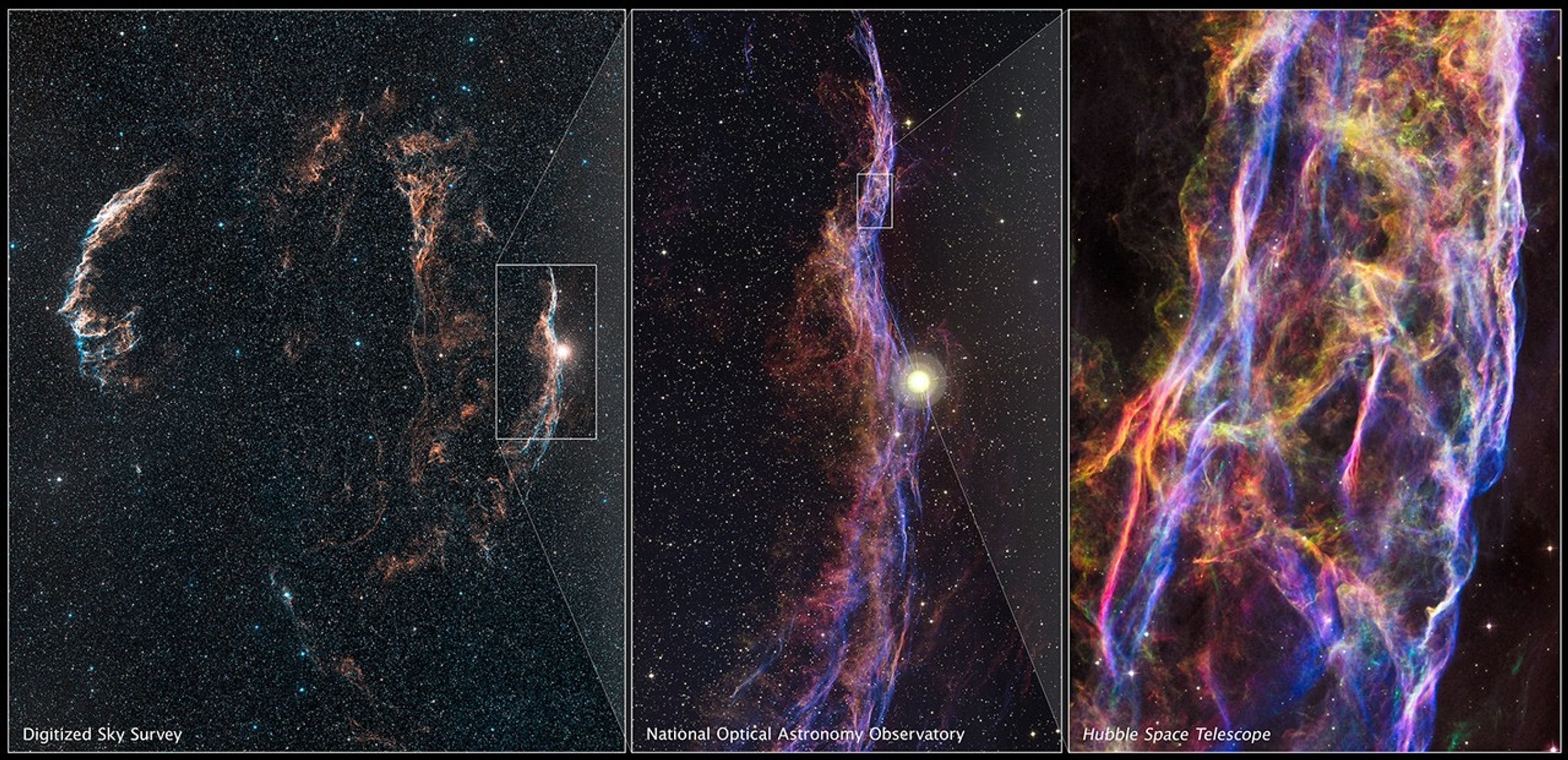
Cygnus Loop and Location of Veil Nebula
[Left] – This is a sky survey image of the Veil Nebula, a 110-light-year-wide expanding remnant of a star that exploded about 8,000 years ago in the constellation Cygnus. [Center] – This is a ground-based telescope image of a 15-light-year-long stretch of the eastern portion of...
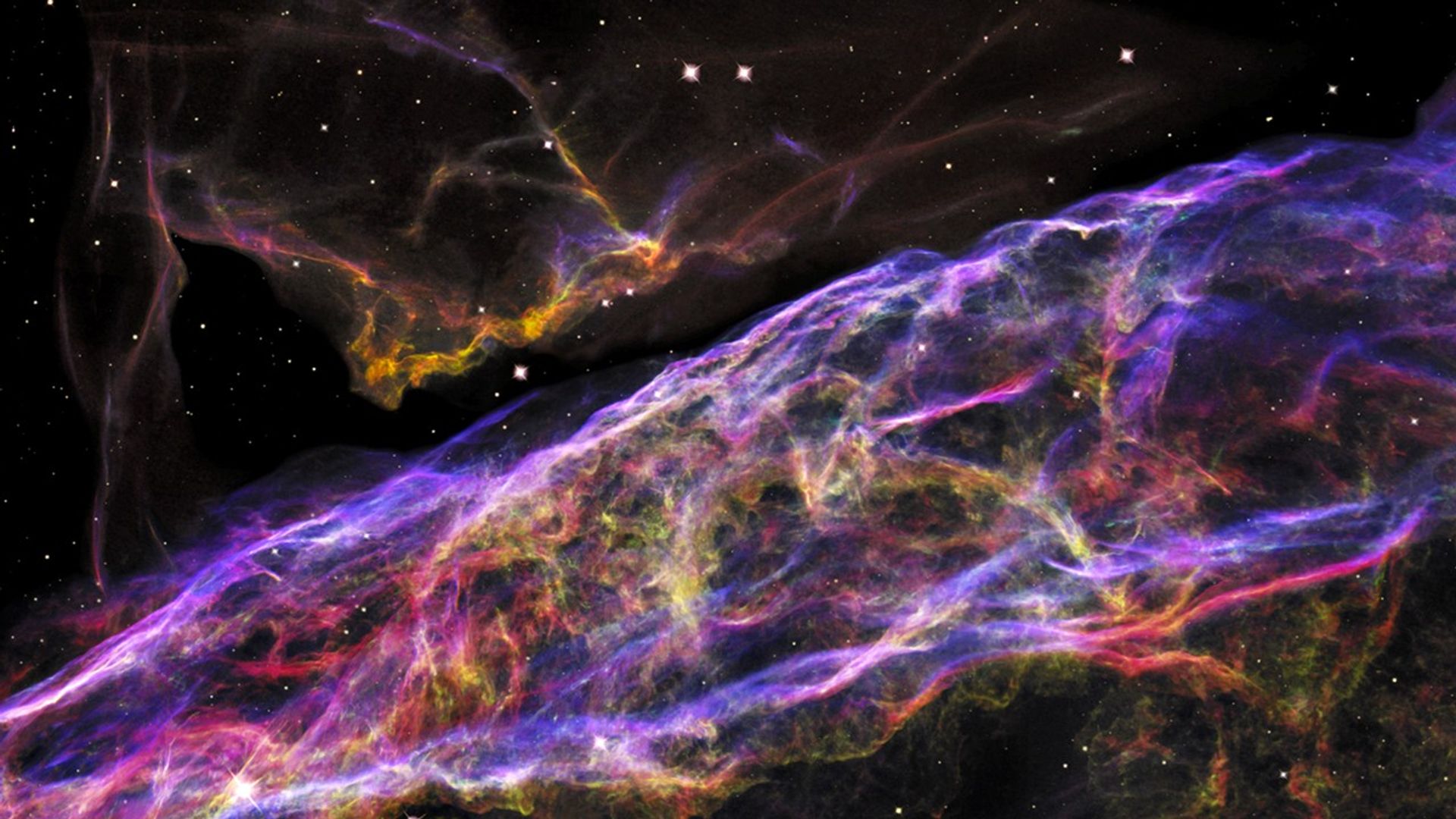
3-D Flyover Visualization of Veil Nebula
This 3-D visualization flies across a small portion of the Veil Nebula as photographed by the Hubble Space Telescope. This region is a small part of a huge expanding remnant from a star that exploded many thousands of years ago. Hubble resolves tangled rope-like filaments of...
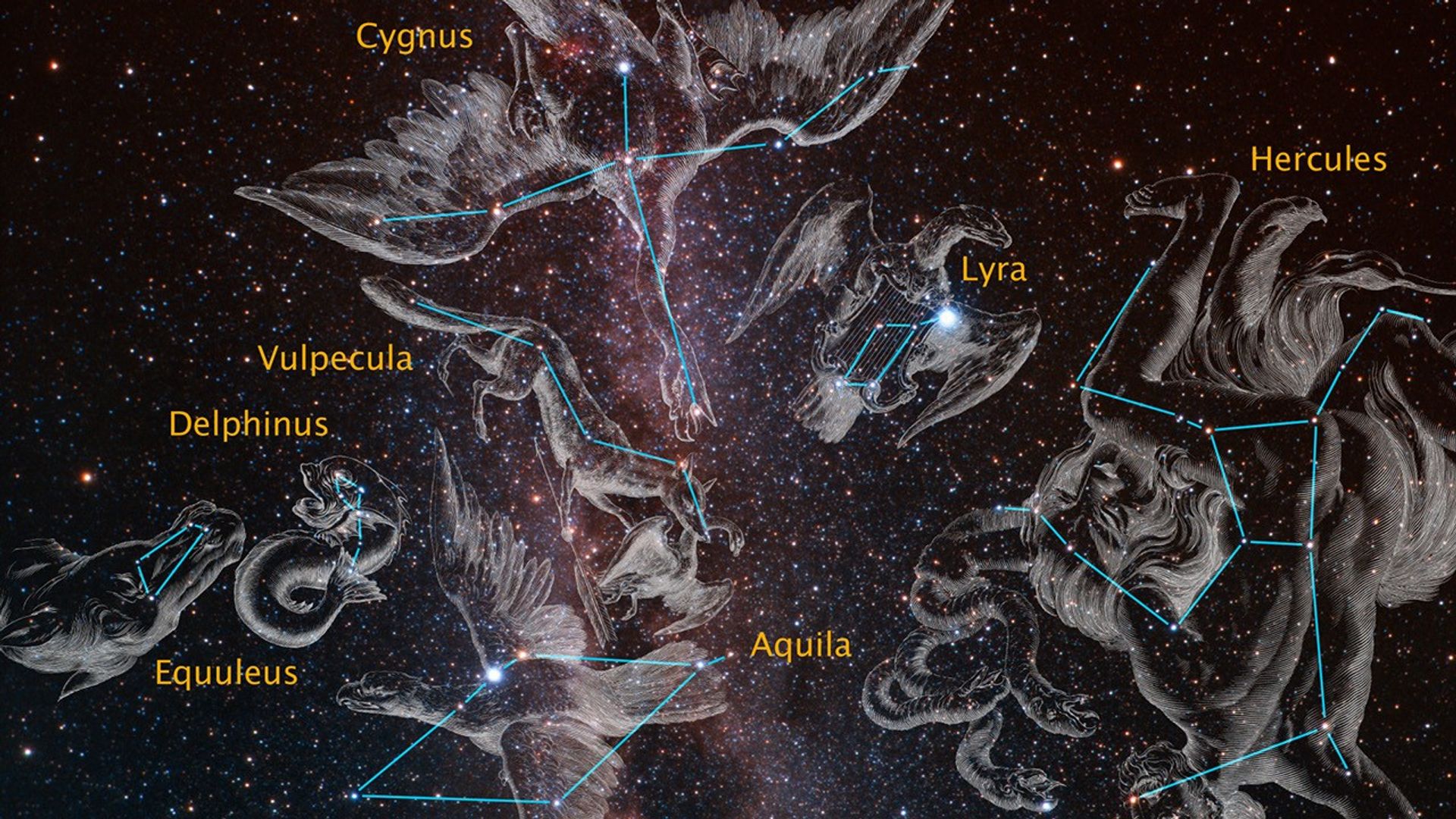
Zoom into Veil Nebula
This video opens with a backyard view of the nighttime sky centered on the constellation Cygnus, the Swan. We zoom into a vast donut-shaped feature called the Veil Nebula. It is the tattered expanding bubble of debris from a star that exploded about 8,000 years ago. The bubble...
Share
Details
Claire Andreoli
NASA’s Goddard Space Flight Center
Greenbelt, Maryland
claire.andreoli@nasa.gov

